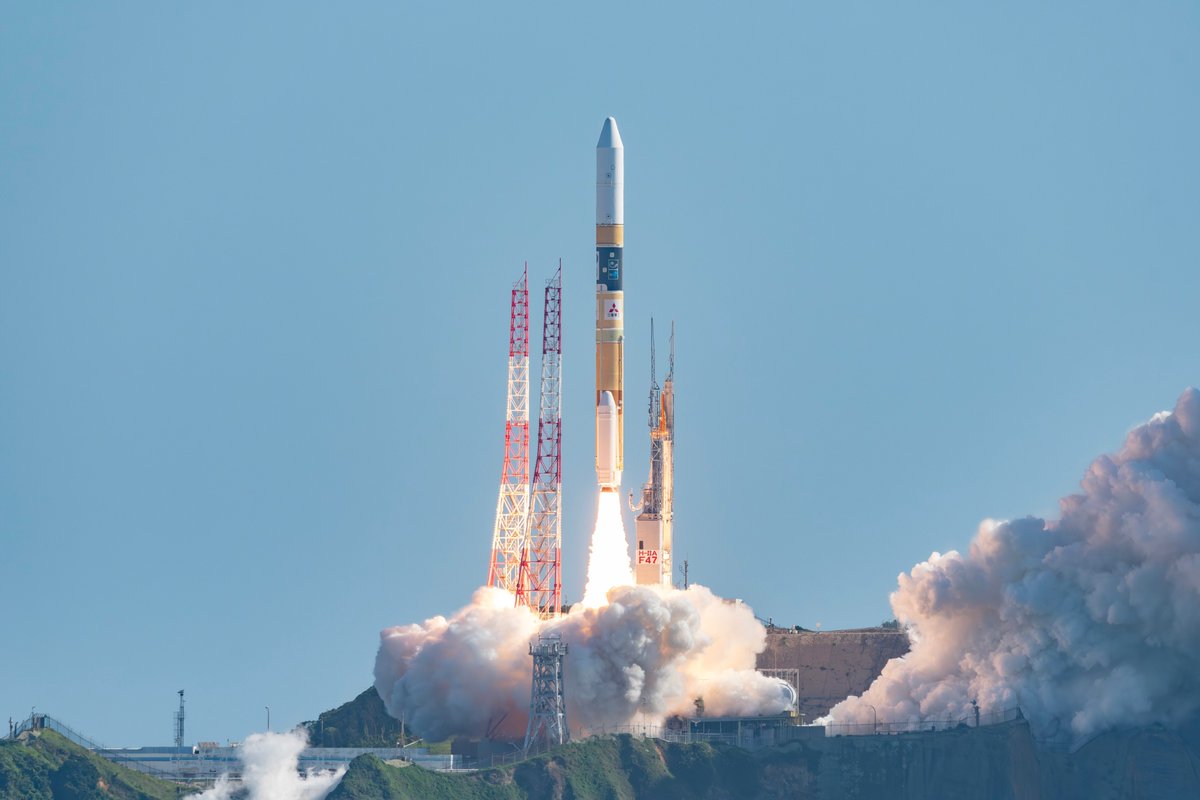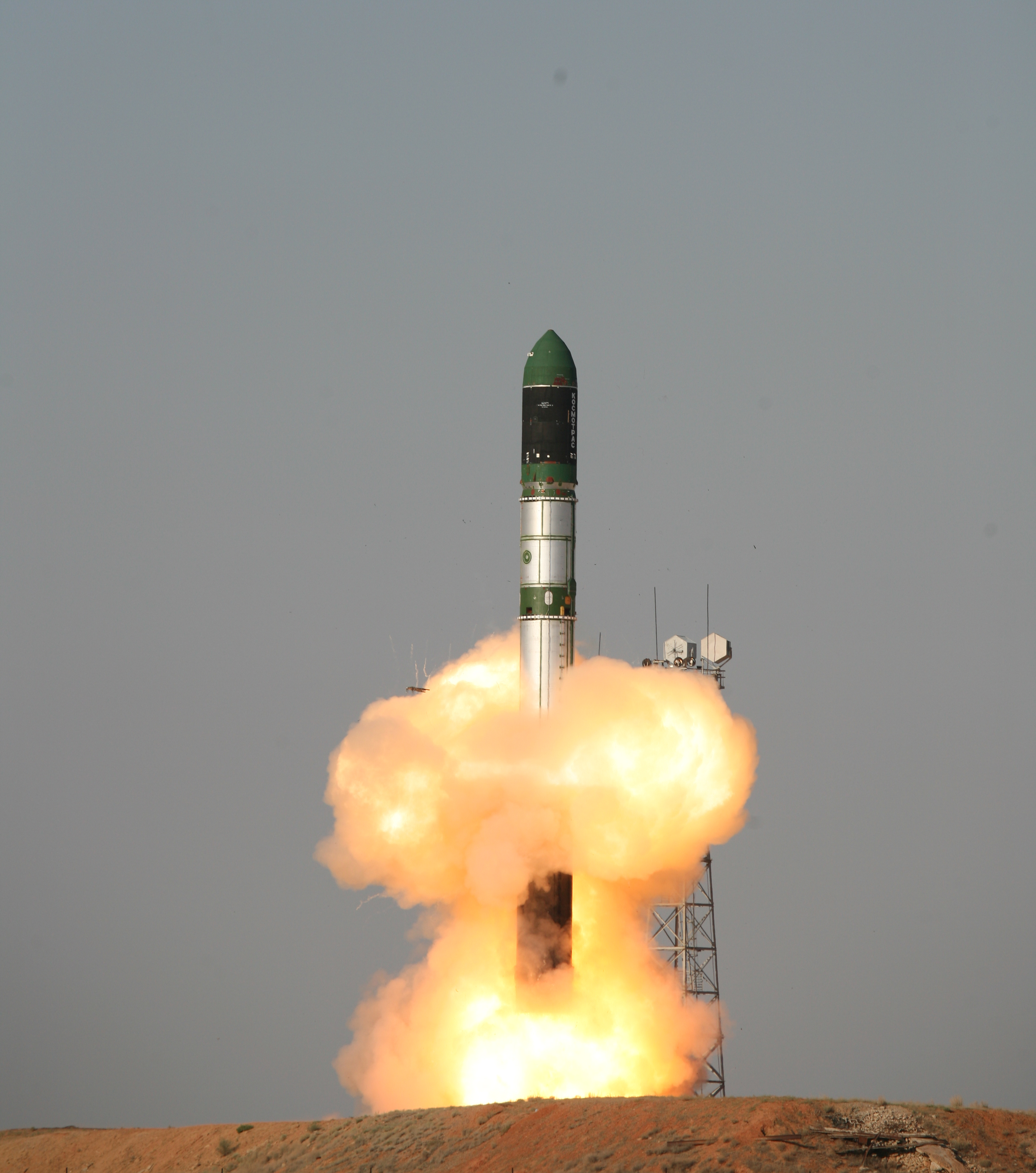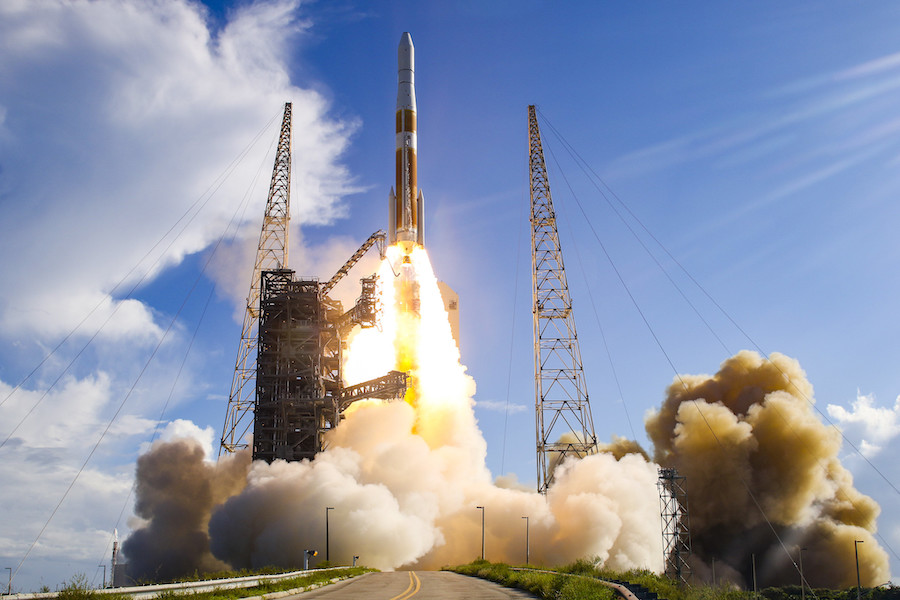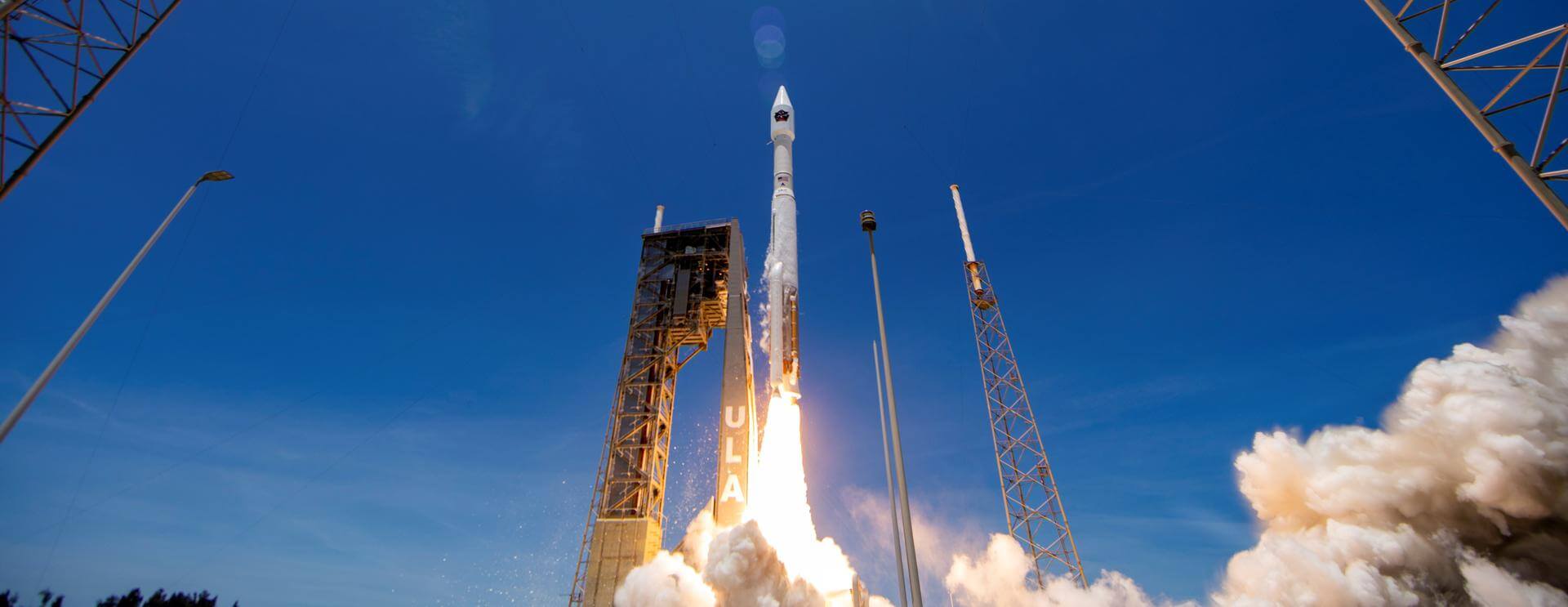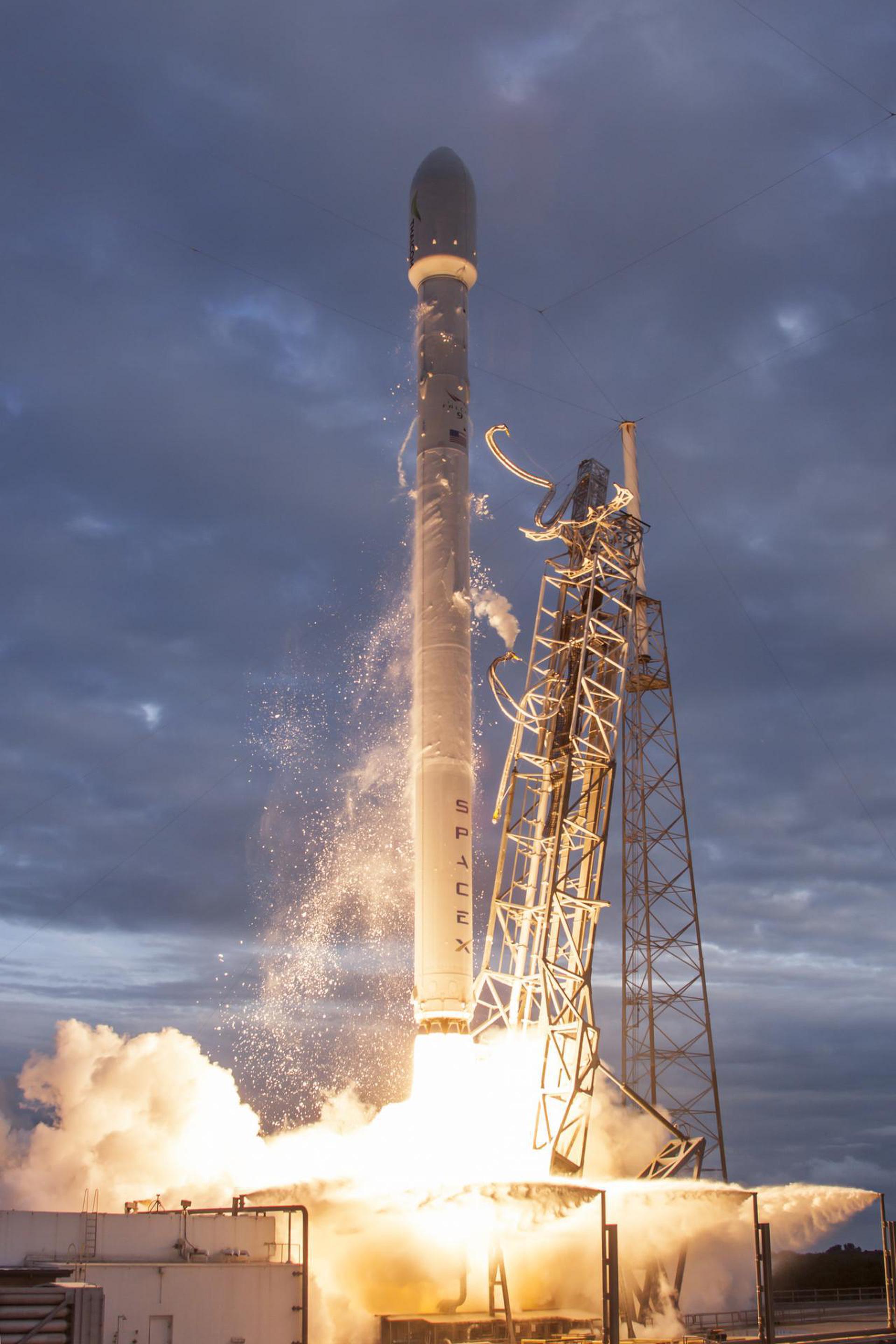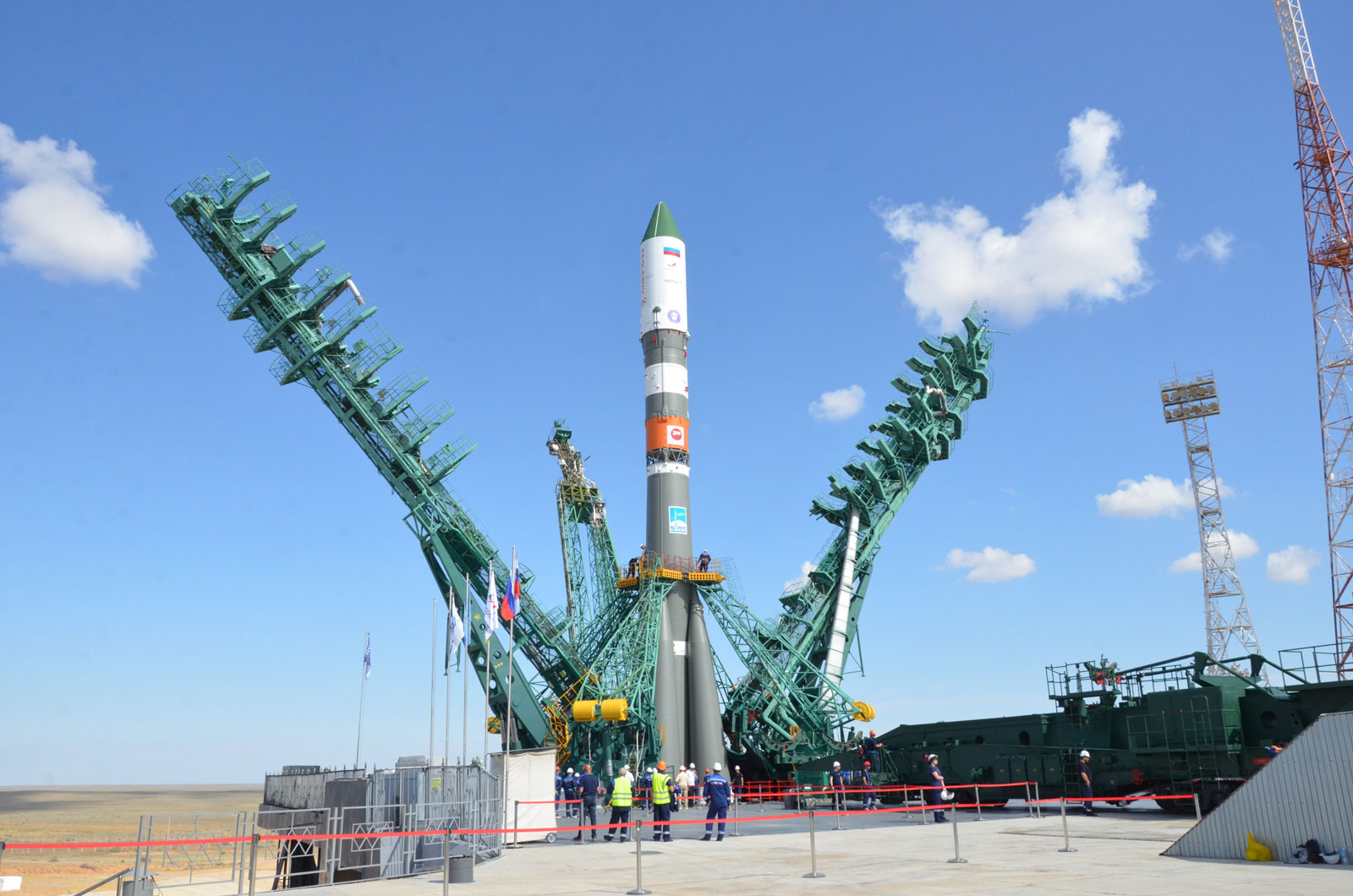Previous Spaceflight Launches
Filter by Agency, Locations or Vehicles
Show All LaunchesSoyuz FG | Soyuz TMA-16M
Progress Rocket Space Center | RussiaBaikonur Cosmodrome, Republic of Kazakhstan
March 27, 2015, 7:42 p.m.
Status: Launch Successful
Mission:
Soyuz TMA-16M begins expedition 43 by carrying 3 astronauts and cosmonauts to the International Space Station. Russian Commander, cosmonaut Gennady Padalka alongside Flight Engineers, Scott Kelly & Mikhail Korniyenko will launch aboard the Soyuz spacecraft from the Baikonur Cosmodrome in Kazakhstan and then rendezvous with the station. It landed on 12 September 2015 00:51 UTC
Low Earth OrbitH-IIA 202 | IGS Optical 5
Mitsubishi Heavy Industries | JapanTanegashima Space Center, Japan
March 26, 2015, 1:21 a.m.
Dnepr 1 | KOMPSat-3A
ISC Kosmotras | RussiaDombarovskiy, Russian Federation
March 25, 2015, 10:08 p.m.
Delta IV M+(4,2) | GPS IIF-9 (USA-260)
United Launch Alliance | United States of AmericaCape Canaveral SFS, FL, USA
March 25, 2015, 6:36 p.m.
Proton-M Briz-M | Ekspress AM7
Khrunichev State Research and Production Space Center | RussiaBaikonur Cosmodrome, Republic of Kazakhstan
March 18, 2015, 10:05 p.m.
Atlas V 421 | MMS
United Launch Alliance | United States of AmericaCape Canaveral SFS, FL, USA
March 13, 2015, 2:44 a.m.
Falcon 9 v1.1 | Eutelsat 115 West B & ABS-3A
SpaceX | United States of AmericaCape Canaveral SFS, FL, USA
March 2, 2015, 3:50 a.m.
Status: Launch Successful
Mission:
These are both geostationary communication satellites, with Eutelsat 155 West B providing coverage in the Americas, and ABS-3A providing coverage in the Americas, the Middle East, and Africa.
Geostationary Transfer Orbit B1014 - Maiden Flight Atlantic OceanSoyuz 2.1a | Bars-M (Kosmos 2503)
Progress Rocket Space Center | RussiaPlesetsk Cosmodrome, Russian Federation
Feb. 27, 2015, 11:01 a.m.
Soyuz-U | Progress M-26M
Russian Federal Space Agency (ROSCOSMOS) | RussiaBaikonur Cosmodrome, Republic of Kazakhstan
Feb. 17, 2015, 11 a.m.
Falcon 9 | DSCOVR
SpaceX | United States of AmericaCape Canaveral SFS, FL, USA
Feb. 11, 2015, 11:03 p.m.
Status: Launch Successful
Mission:
A SpaceX Falcon 9 rocket will launch the Deep Space Climate Observatory for the U.S Air Force, NOAA and NASA. DSCOVR will be positioned at the L1 libration point to monitor space weather and Earth's climate.
Heliocentric L1 B1013 - Maiden Flight Atlantic Ocean
